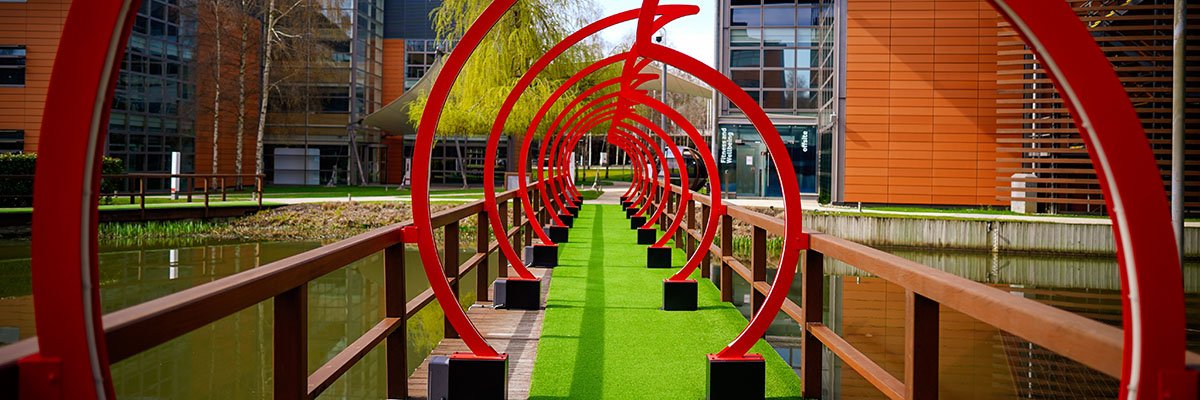As part of its ongoing strategy to support the development and adoption of Open radio access network (RAN) technology on a worldwide basis, mobile network operator (MNO) Vodafone has announced that it has completed an end-to-end Open RAN trial on the live 5G standalone network of its Italian division.
Vodafone has been ramping up its activities in the field of Open RAN since 2020. In April 2021, it opened an Open RAN test and integration lab at its Newbury technology campus in the UK, and in summer 2021, it announced that it was working with end-to-end cloud-native communications network software firm Mavenir on a small cell solution based on Open RAN technology to provide indoor connectivity for business customers.
The operator is aiming to have 30% of its European masts based on Open RAN technology by 2030 and is already deploying the technology commercially. This includes 2,500 Open RAN sites in the UK, the first large-scale deployment in Europe, as well as in Romania.
By partnering with key strategic suppliers like Nokia, Vodafone says it is pioneering the wider adoption of open, disaggregated and automated networks, providing greater agility to quickly adopt and launch innovative customer-focused services.
The trial used Nokia’s AirScale Massive MIMO radios and Nokia’s baseband software running on Dell PowerEdge XR8000 servers and Red Hat OpenShift, a hybrid cloud application platform powered by Kubernetes, connected to Nokia’s standalone dedicated 5G core. It also used Nokia’s intelligent MantaRay Networks Management system for a consolidated network view and improved monitoring and management.
It also set out to highlight the maturity of Nokia’s anyRAN approach, which aims to guarantee the feature performance consistency of Cloud RAN with purpose-built RAN while enabling more choice for operators to build Cloud RAN networks.
Nokia is supporting Open Fronthaul features on top of its high-performance RAN software which ensures mobile operators have performance consistency with their existing RAN. Nokia has already integrated with five open radio unit (O-RU) suppliers, highlighting the performance of its AirScale O-RAN DU/CU. The solution offers operators enhanced flexibility, efficiency and scalability in their mobile networks. By integrating with Red Hat OpenShift, service providers also have the option to scale their 5G network footprint and quickly introduce new services.
Commenting on the trial, Vodafone director of network architecture Santiago Tenorio said it was dedicated to supporting the development and adoption of Open RAN worldwide by fostering a diverse ecosystem of partners and solutions.
“This approach offers numerous benefits, including increased choice, enhanced energy efficiency, higher network capacity and improved performance for customers,” added Tenorio.
Mark Atkinson, head of RAN at Nokia, said its collaborative anyRAN approach meant communication service providers can deploy Open RAN with the server hardware and communications-as-a-service (CaaS) layer of their choice.
“Together with our ecosystem partners, we are committed to providing more choice and higher performance in Open RAN solutions to our customers than they will see from other RAN suppliers,” added Atkinson.

